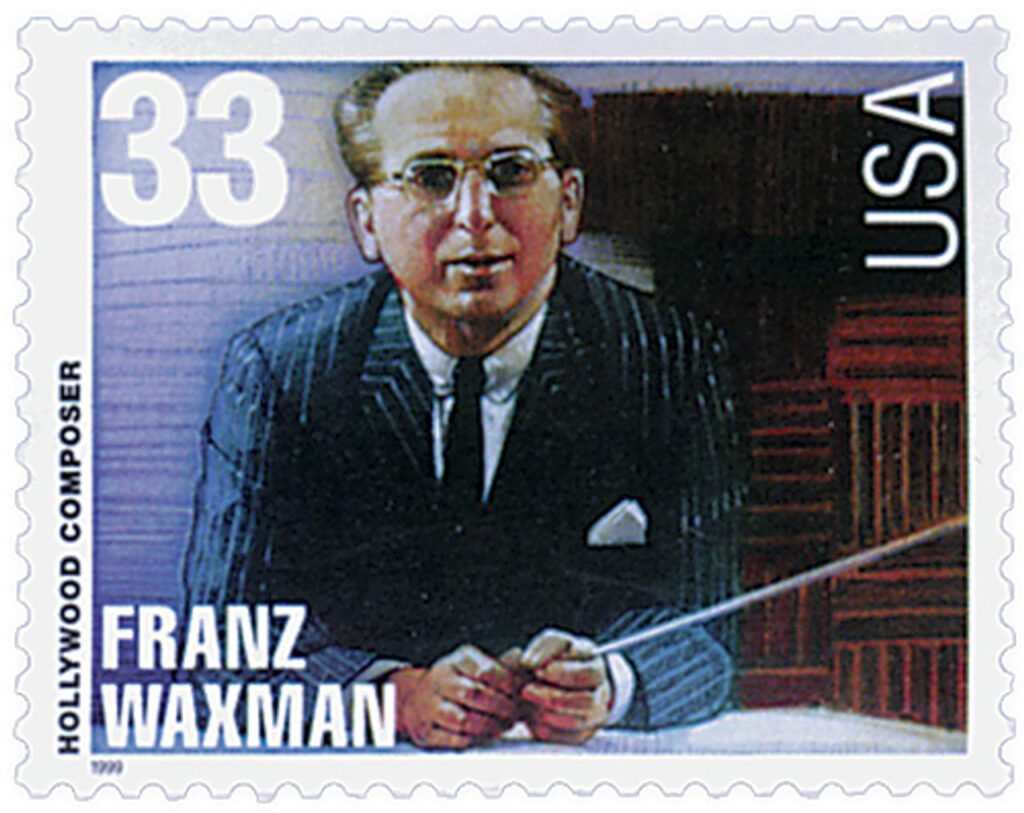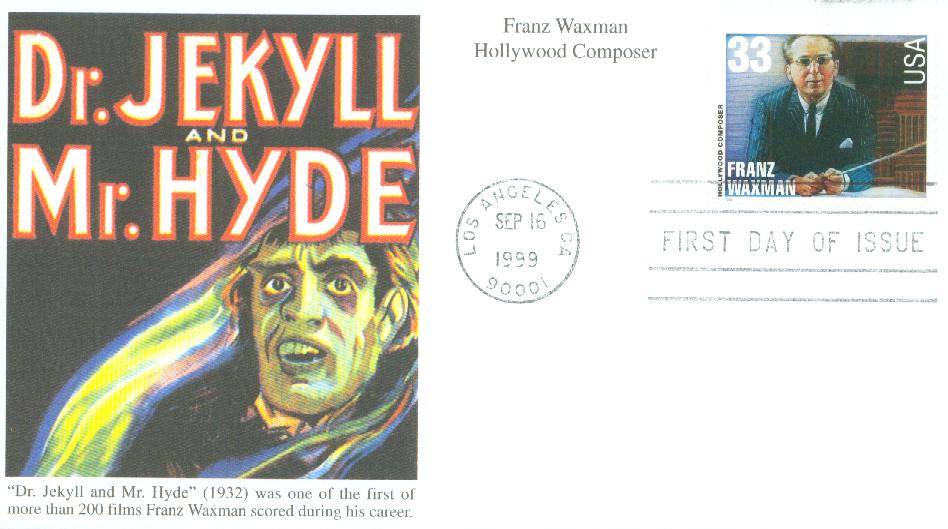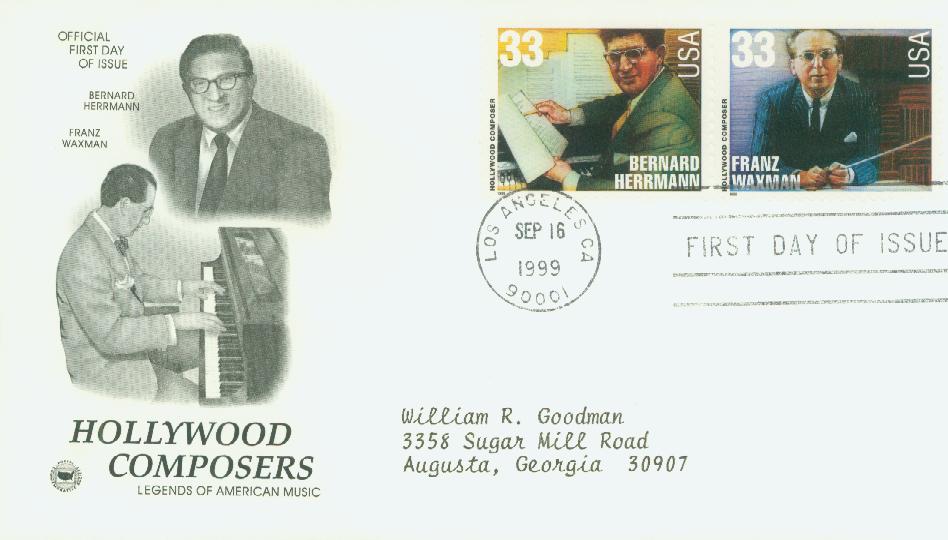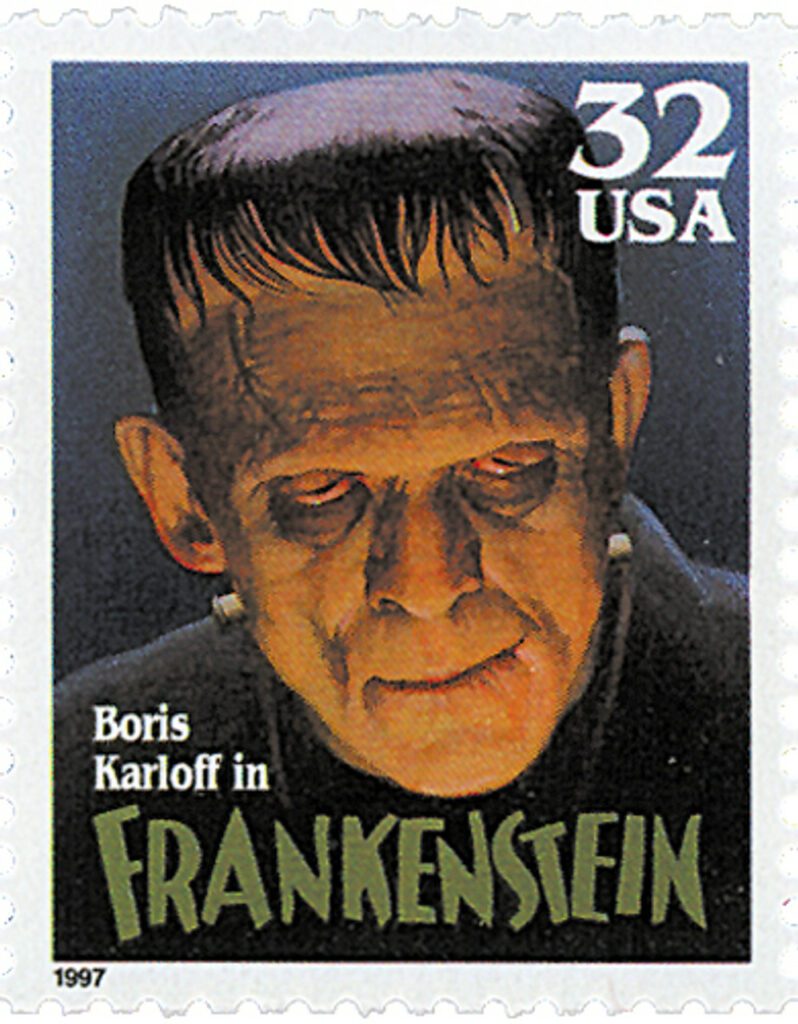Franz Waxman was born on December 24, 1906, in Königshütte, Upper Silesia, German Empire (present-day Chorzów, Poland). Waxman was the first composer to win an Academy Award for best film score two years in a row.
Waxman began playing piano when he was seven years old. His father was concerned that he might not be able to support himself as a musician, so he convinced him to work at a bank. Waxman worked as a bank teller for two and half years, using his earnings to pay for piano and composition lessons. He then left the bank and went to study music in Dresden and Berlin.
Waxman supported himself by playing with the Weintraub Syncopaters, a popular jazz band, in the 1920s. This led him to orchestrate several early German films. He began working with producer Erich Pommer, who brought Waxman with him to the US in the 1930s. The first US film Waxman contributed to was Jerome Kern’s Music in the Air (1934). The following year, he composed his first original Hollywood score for The Bride of Frankenstein (1935). His work on this movie earned Waxman a two-year contract with Universal as head of the studio’s music department. During that time, he scored 12 films, most notably Magnificent Obsession (1935), Diamond Jim (1935), and The Invisible Ray (1936).
After Universal, Waxman went on to compose songs for Metro-Goldwyn-Mayer films for seven years. He scored an average of seven films per year during this period. His music can be heard in the Spencer Tracy movies Captains Courageous (1937), Dr. Jekyll and Mr. Hyde (1941), and Woman of the Year (1942). In 1943 he moved to Warner Bros. Notable films he scored for that studio included Mr. Skeffington (1944), Objective, Burma! (1945), The Spirit of St. Louis (1957), and Taras Bulba (1962). His score for Taras Bulba earned a Golden Globe nomination and was called “the score of a lifetime.”
By 1947, Waxman was working with multiple film studios, conducting orchestras in the US and Europe, and composing concert music. It was also in 1947 that he created the Los Angeles International Music Festival, which he ran for 20 years. Over the years, the festival hosted American and world premieres of 80 works by composers including Stravinsky, Walton, Vaughan Williams, Shostakovitch and Schoenberg.

Sunset Boulevard earned Waxman an Academy Award in 1950. He won an Oscar again in 1951 for A Place in the Sun, making him the first composer to win an Academy Award for best film score two years in a row. Over the course of his 32-year career Waxman scored 144 films and earned 12 Academy Award nominations. He received the Cross of Merit from the Federal Republic of West Germany and honorary memberships in the Mahler Society and the International Society of Arts and Letters. Waxman died in Los Angeles on February 24, 1967. For the 100th anniversary of his Waxman’s birth, a street was named in his honor in his hometown. The Museum of Modern Art also held a 24-film retrospective – the first time that museum honored a composer.
| FREE printable This Day in History album pages Download a PDF of today’s article. Get a binder or other supplies to create your This Day in History album. |
Discover what else happened on This Day in History.





We love his scores in the movies.